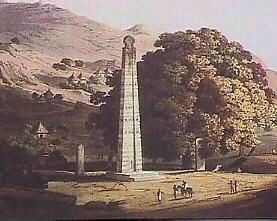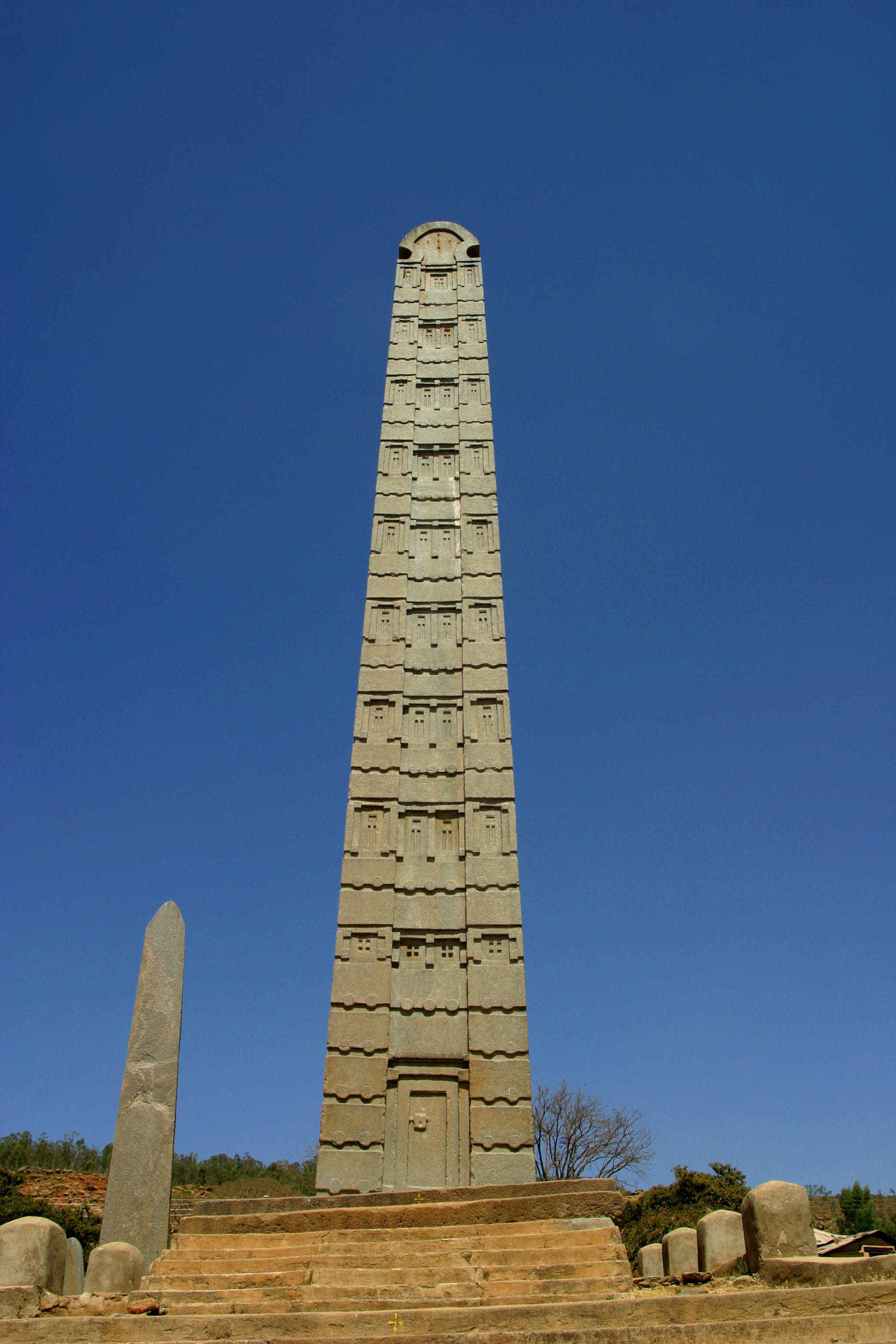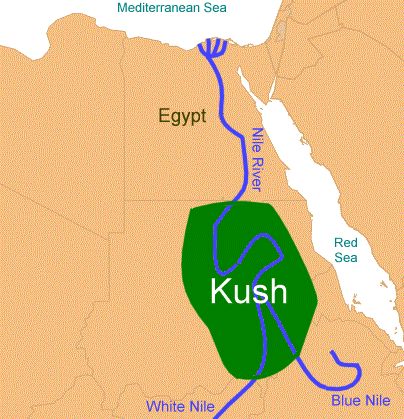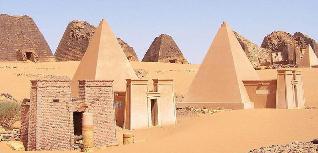A thread to learn about African Civ
African civilizations
The Kingdom of Aksum

By 350, Aksum conquered the Kingdom of Kush. At its height, Aksum controlled northern Ethiopia, Eritrea, northern Sudan, southern Egypt, Djibouti, Western Yemen, and southern Saudi Arabia, totalling 1.25 million square kilometers.
The Aksum or Aksum empire was the 3rd largest African empire at 1.25 million sq km. In the sixth century, the kingdom of Aksum (Axum ) was doing what many elsewhere had been doing: pursuing trade and empire. Despite the disintegration of the Roman Empire in the 400s and the decline in world trade, Aksum's trade increased during that century. Its exports of ivory, glass crystal, brass and copper items, and perhaps slaves, among other things, had brought prosperity to the kingdom. Some people had become wealthy and cosmopolitan. Aksum's port city on the Red Sea, Adulis , bustled with activity. Its agriculture and cattle breeding flourished, and Aksum extended its rule to Nubia , across the Red Sea to Yemen , and it had extended its rule to the northern Ethiopian Highlands and along the coast to Cape Guardafui .
From Aksum's beginnings in the third century, Christianity there had spread. But at the peak of Christianity's success, Aksum began its decline. In the late 600s, Aksum's trade was diminished by the clash between Constantinople and the Sassanid Empire. The Sassanid Empire clashed with Constantinople over trade on the Red Sea and expanded into Yemen, driving Aksum out of Arabia. Then Islam united Arabia and began expanding. In the 700s, Muslims occupied the Dahlak Islands just off the coast of Adulis, which had been ruled by Aksum. The Muslims moved into the port city of Adulis, and Aksum's trade by sea ended.
Aksum was now cut off from much of the world. Greek- the language of trade - declined there. Minted coins became rare. And it has been surmised that the productivity of soil in the area was being diminished by over-exploitation and the cutting down of trees. Taking advantage of Aksum's weakness, the Bedja people, who had been living just north of Aksum, moved in. The people of Aksum, in turn, migrated into the Ethiopian Highlands, where they overran small farmers and settled at Amhara , among other nearby places. And with this migration a new Ethiopian civilization began.

Architecture and Towers Unlike their northern neighbors of Egypt, Aksum did not build pyramids. Instead, Aksum is famous for building tall towers called stelae. The tallest of these towers was nearly 100 feet high. The towers were elaborately carved with inscriptions, stone doors, and fake windows. The most famous of these towers is the Obelisk of Axum which was taken by Italian soldiers upon conquering Ethiopia in 1937. The tower was later returned in pieces and reconstructed in 2008.

The city of Axum still exists in northern Ethiopia. It is a fairly small city with a population of just over 50,000 people. It is one of the oldest continuously inhabited cities in Africa. The stone buildings in Aksum were built without the use of mortar. Instead, the stones were carved to fit snugly together. The city of Adulis was destroyed by Islamic invaders in 710. This isolated Aksum and began its decline. With merchants from all around the world coming to Aksum to trade, Greek was generally used as the common language.
sources : http://www.ducksters.com/history/afr...aksum_axum.php
http://www.africankingdoms.com/

temple of aba damak (the lion god ) in Sudan


Nobody can ever name an African civilization that wasn't from North Africa or the Horn of Africa.
Here are some of the more well-known ones from Sub-Saharan Africa:
https://en.wikipedia.org/wiki/Sao_civilisation
https://en.wikipedia.org/wiki/Nok_culture
https://en.wikipedia.org/wiki/Songhai_Empire
https://en.wikipedia.org/wiki/Jolof_Empire
https://en.wikipedia.org/wiki/Kingdom_of_Jolof
https://en.wikipedia.org/wiki/Ghana_Empire
https://en.wikipedia.org/wiki/Kingdom_of_Kongo

Kerma Culture

The Kingdom of Kush lasted for over 1400 years. It was first established around 1070 BCE when it gained its independence from Egypt. It quickly became a major power in Northeast Africa. In 727 BCE, Kush took control of Egypt and ruled until the Assyrians arrived. The empire began to weaken after Rome conquered Egypt and eventually collapsed sometime in the 300s CE.
The Kingdom of Kush was very similar to Ancient Egypt in many aspects including government, culture, and religion. Like the Egyptians, the Kushites built pyramids at burial sites, worshiped Egyptian gods, and mummified the dead. The ruling class of Kush likely considered themselves Egyptian in many ways.

Two of the most important resources of Ancient Kush were gold and iron. Gold helped Kush to become wealthy as it could be traded to the Egyptians and other nearby nations. Iron was the most important metal of the age. It was used to make the strongest tools and weapons.
Outside of the Pharaoh and the ruling class, the priests were the most important social class in Kush. They made the laws and communicated with the gods. Just below the priests were the artisans and scribes. Artisans worked the iron and gold that was such an important part of the Kushite economy. Farmers were also respected as they provided the food for the country. At the bottom were servants, laborers, and slaves.
Read more at: http://www.ducksters.com/history/afr...om_of_kush.php
This text is Copyright © Ducksters. Do not use without permission.
